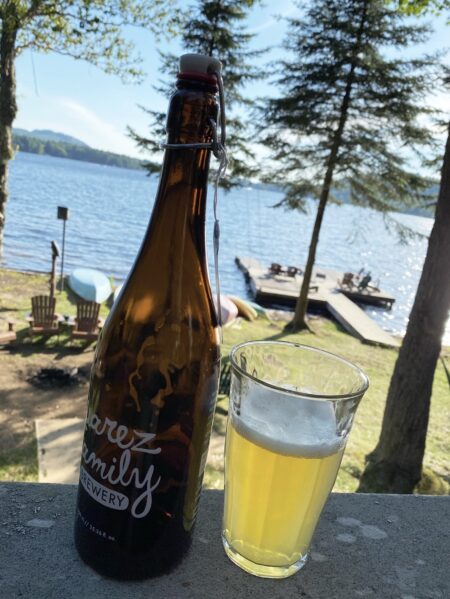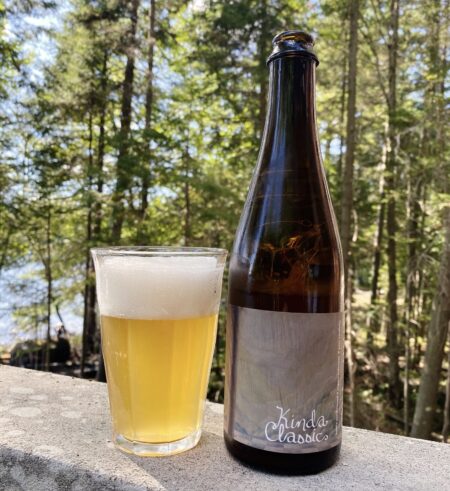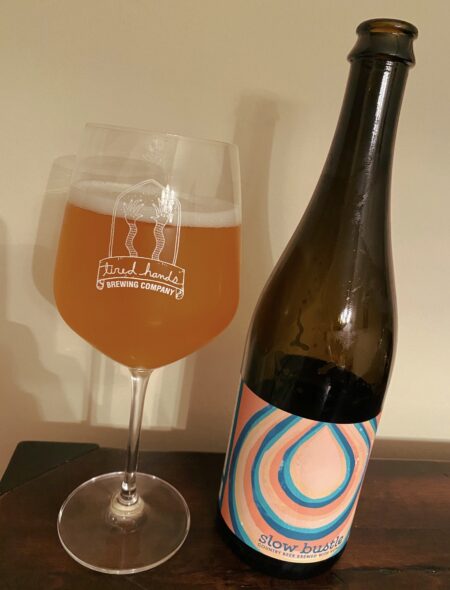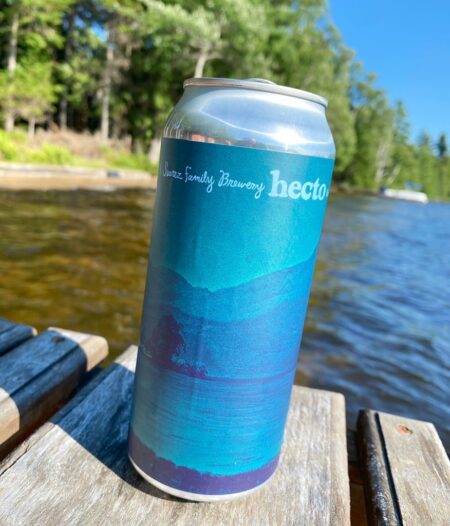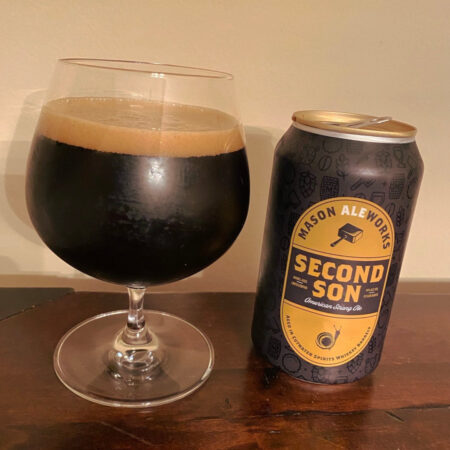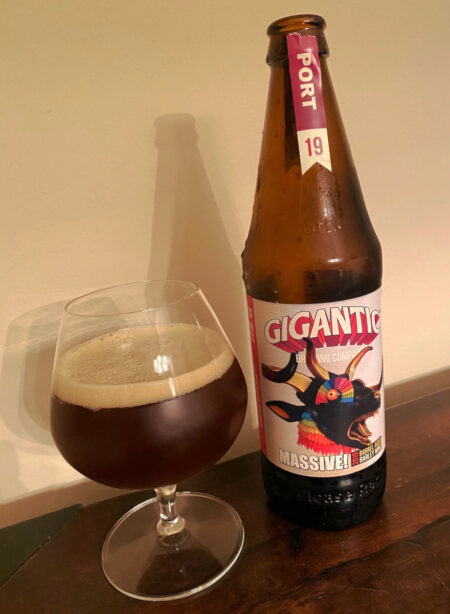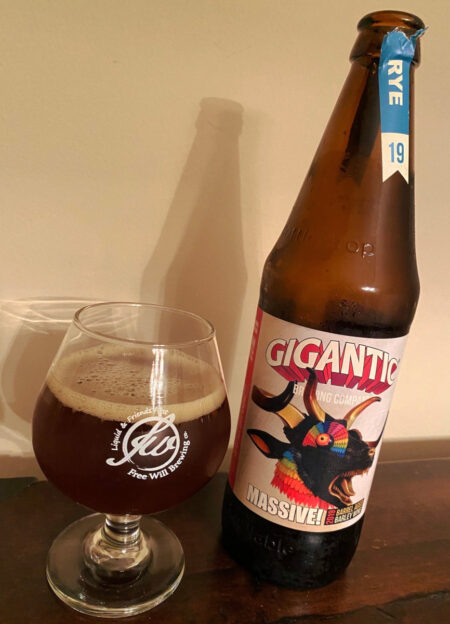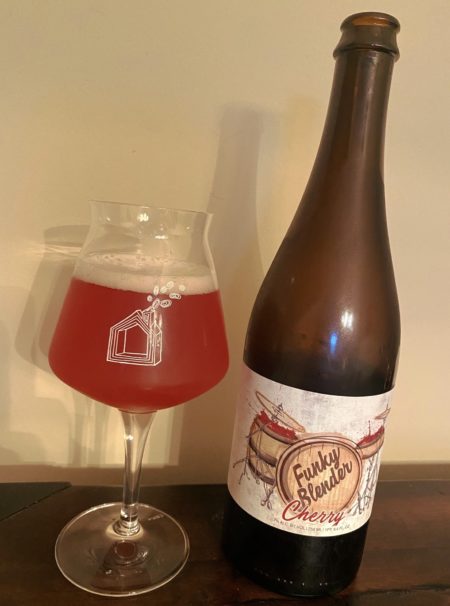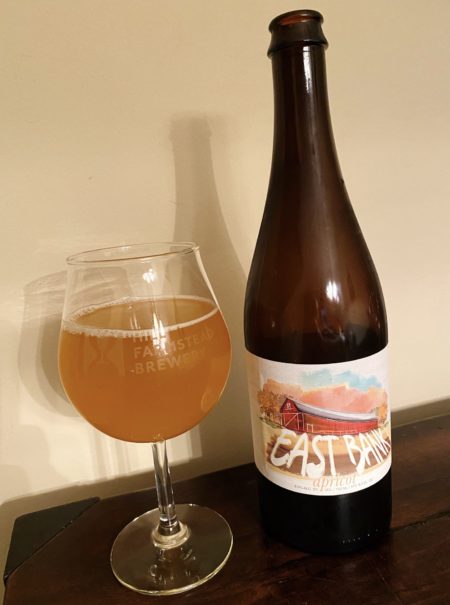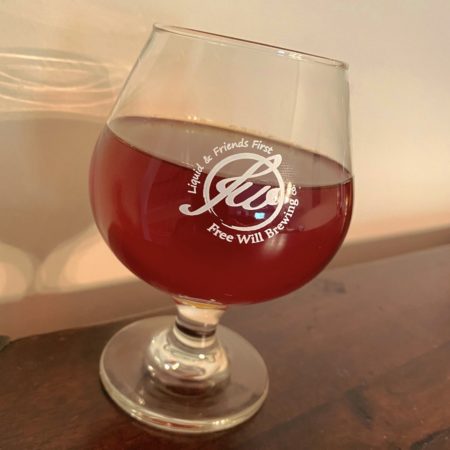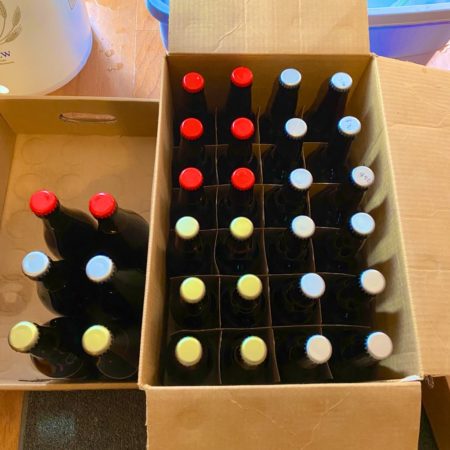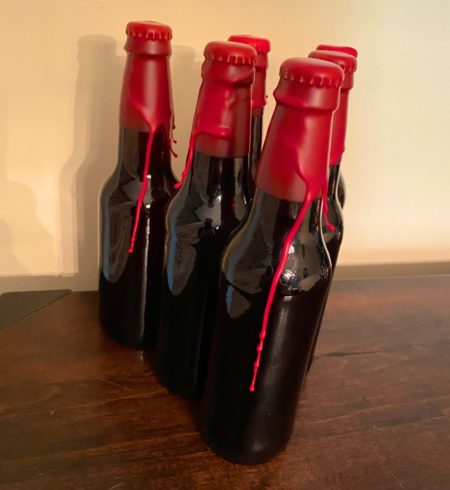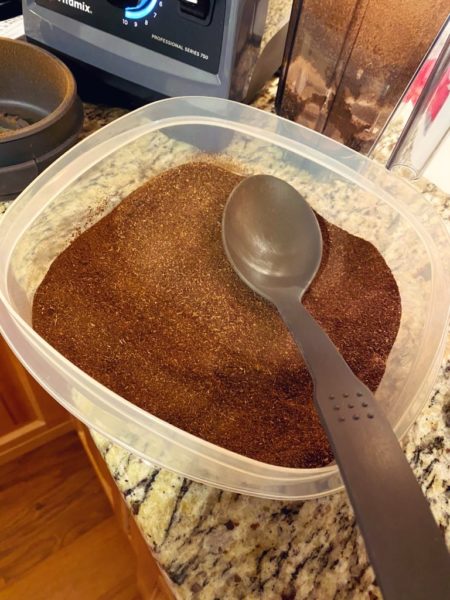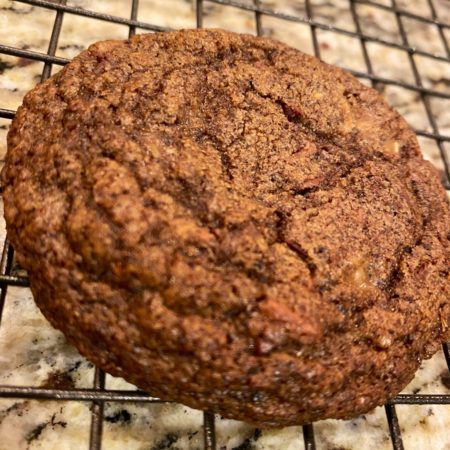So what exactly is a “black barleywine”? During the arduous research phase of this post, I stumbled across these BJCP Style Guidelines for… Russian Imperial Stout (emphasis mine):
The malt aroma can be subtle to rich and barleywine-like, depending on the gravity and grain bill.
Malt backbone can be balanced and supportive to rich and barleywine-like, and may optionally show some supporting caramel, bready or toasty flavors.
Overall Impression: … Like a black barleywine with every dimension of flavor coming into play.
Ah, so basically a Black Barleywine is a Russian Imperial Stout that tastes like a barleywine but is secretly a stout but is ultimately a barleywine. I’m glad we cleared that up. Alright, I guess that’s enough of the inconclusive, pedantic semantics of style analysis, let’s get to the actual beer…
This is a black barleywine *ahem* that’s been aged 6 months in Willet Bourbon barrels and then transferred to Woodford Reserve Double Oaked barrels for an additional 7 months. A lot of barrels were harmed in the making of this beer is what I’m hearing, and that sounds mighty appealing. Plus, despite the nonexistent style wankery, they didn’t sully this with additional pastry adjuncts or off-the-wall ingredients, which is also nice.
But maybe I spoke too soon, because then there’s the packaging, which is a bottle that has a waxed cap. And they used glow in the dark wax. This will clearly make the beer taste better, though perhaps not as good as the mislabeled “Wenidgo” bottles. Something about an incompetent label printer typo that made it on some bottles, but got caught early enough that Anchorage just gave the affected bottles to their employees. But they got out in the wild or something and yadda yadda yadda, Barlywine is Life had a field-day creating Wenidgo memes.
Alright now that we’re referencing obscure memes, I think it’s time to get back to the beer itself (again). But we haven’t even gone into the obscure Pet Sematary references! I know, I’m surprised too.
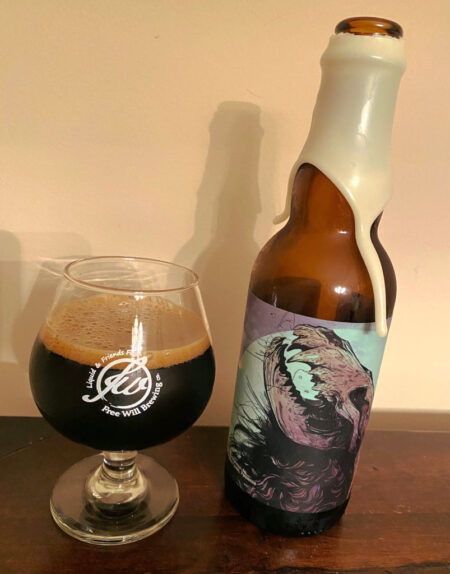
Anchorage Wendigo – Pours a very dark brown, almost black color with a half finger of tan head. Smells nice, lots of vanilla, some caramel, toffee, oak, and bourbon. Taste is very sweet, rich with caramel and toffee, vanilla, brown sugar, more caramel, bourbon and oak. Mouthfeel is full bodied, rich, and chewy, boozy but not overly hot. Not exactly balanced, but this is my kinda stupid. Overall, despite the above wanking about style, it certainly reads like a barleywine. A really good one too, though hey, maybe they should just make more ADWTD. Also, I suspect this will age fabulously, if that’s your bag and you have millions of dollars to burn. A
Beer Nerd Details: 15.5% ABV bottled (375 ml waxed cap). Drank out of a snifter on 8/14/20.
It’s probably too pricey for most folks (especially at the inflated $60-$80 rates a lot of places are selling them at) and while it’s great, it’s hard to justify the purchase unless you hate money or are involved in a Brewster’s Millions-like wager. It’s great, but if you’re sensitive on price, it’s not like this is a necessity.
